Art of the Genre: Dragon Mountain

Do any of you have a gaming shelf? How about a gaming wall? Or even in the case of our fearless leader John O’Neill a ‘Cave of Wonders’ filled with literally thousands of RPGs and games?
Well if you do, then you’ll fully understand the feeling you get when you look at those shelves and feel a mix of nostalgia for times lost, and regret for games never played. With all those books, from so many companies and editions of each title, I couldn’t help wonder at what I missed, especially after the news that WotC is now in production of a 5th Edition of D&D.
Still, I always want to give folks an update on some older material, in this case 2E, even if I’m three and a half editions behind the curve. Today’s topic, the 2E AD&D ‘monster’ that is the Dragon Mountain Boxed Set. This thing is huge, and from what I can see epic, but I’ve always found it so daunting that I’ve yet to actually play it. I think I’ve used pieces in other campaigns over the years, but never as a whole.
I have to wonder if anyone else out there ever had this issue, or ever played the full box. It seems like a pretty well thought out campaign, and I have to admit that the concept of a full 2E dungeon crawl where the main obstacle to the characters are Kobolds always kept me pleasantly intrigued.
In all I counted out 12 Kobold clans in the three volumes inside the box, and you almost need a road map to understand the relationships between them. There are also sixteen player handouts, eight of the old monstrous compendium sheets, 12 full color reference cards, a full set of counters for miniature play, and six, count them SIX full-color fold out maps!
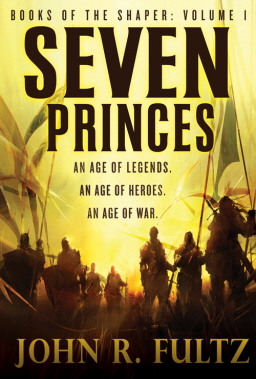 Nihilism got you down? Can’t stomach yet another scene of rape and torture? Need a break from learning your eleventeenth language and living abroad? If so,
Nihilism got you down? Can’t stomach yet another scene of rape and torture? Need a break from learning your eleventeenth language and living abroad? If so, 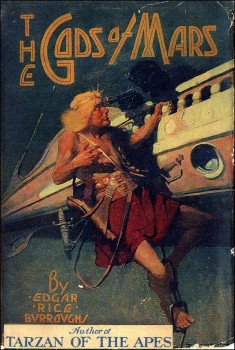 I played a bit rough with A Princess of Mars last week in my
I played a bit rough with A Princess of Mars last week in my 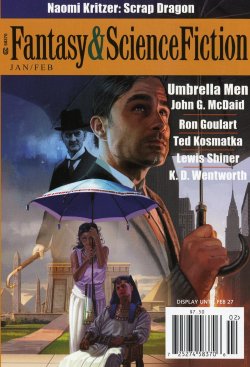

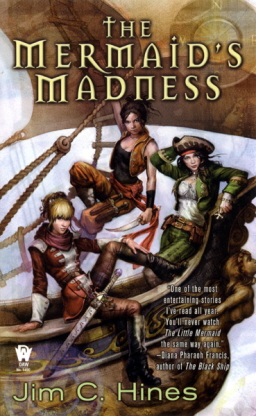
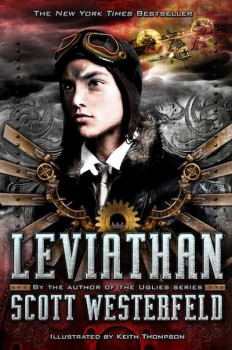
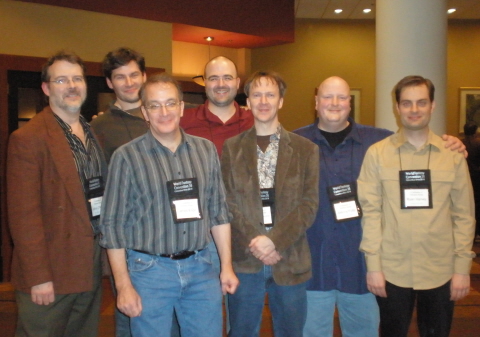
 I’ve been in unwilling low-content mode for the past couple of weeks (question: what’s worse than getting the flu at Christmas? Answer: getting the flu along with a sinus infection). That’s meant I’ve had some time to read, which is good for a number of reasons. As it happens, though, one of the things I picked up to read left me wondering something I’ve wondered several times before: why do certain books pull me along, and compel me to read them, even when I think they’re not particularly good?
I’ve been in unwilling low-content mode for the past couple of weeks (question: what’s worse than getting the flu at Christmas? Answer: getting the flu along with a sinus infection). That’s meant I’ve had some time to read, which is good for a number of reasons. As it happens, though, one of the things I picked up to read left me wondering something I’ve wondered several times before: why do certain books pull me along, and compel me to read them, even when I think they’re not particularly good?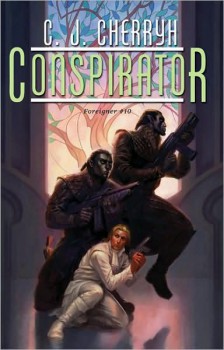 Conspirator
Conspirator